Today let’s take a visit to the Tower of London. It is a 900-year-old historic castle on the north bank of the River Thames in central London, and is officially Her Majesty’s Royal Palace an iconic landmark in the City of London which served as a royal residence and a state prison. Let’s explore!
On some history, The Tower of London, and Fortress of the Tower of London, was founded on end year 1066 as part of the Norman Conquest. The tower served as a grand palace and royal residence for most parts of its life in early history. Moreover, the tower is located smacked right in the heart of the city of London within the London Borough of Tower Hamlets. It is situated beside a subway underground station called, you know what, yes, Tower Hill Station.
Today it is designated as a world heritage site since 1988. Also, an attraction gift shop greets you at the entrance of the compound. Also, here you can grab tickets or use one you pre-purchased online. I will touch on why there are Raven plushies in the gift shop here later on in this article.
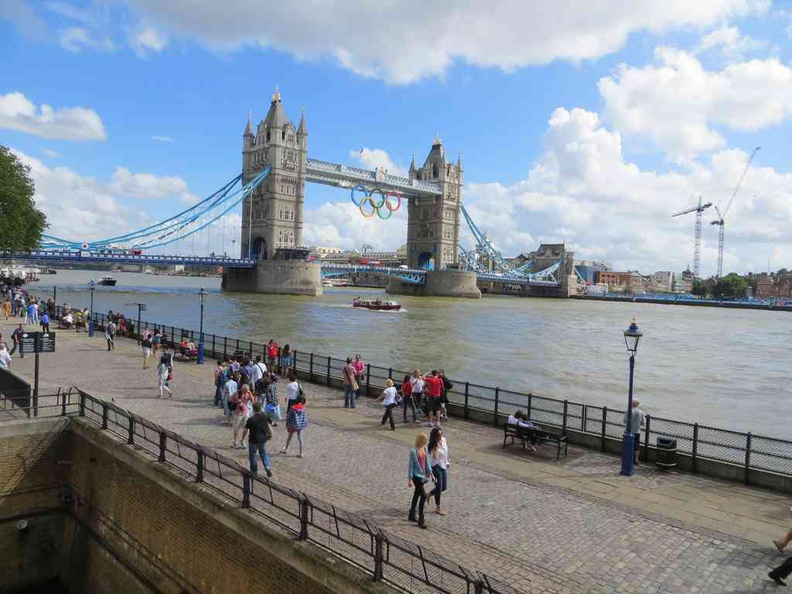
Additionally, the tower of London is located right beside the Tower Bridge, another notable London landmark sitting over the London Thames. You can see it from top of the tower fortification walkway.
The “Tower” in Tower of London
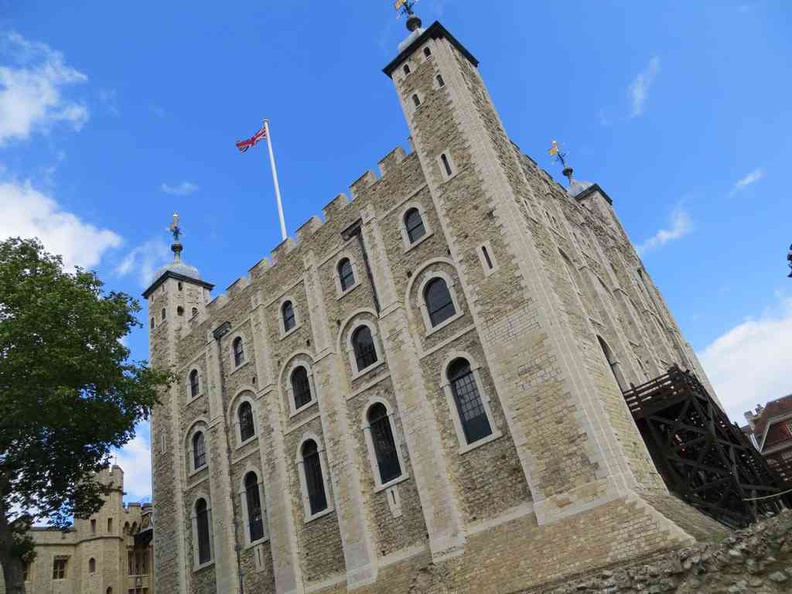
Furthermore, the tower is owned by Queen Elizabeth II in right of the Crown. Also, you might remember it being immortalised in populist culture in monies such as Sherlock Homes and Cruella.
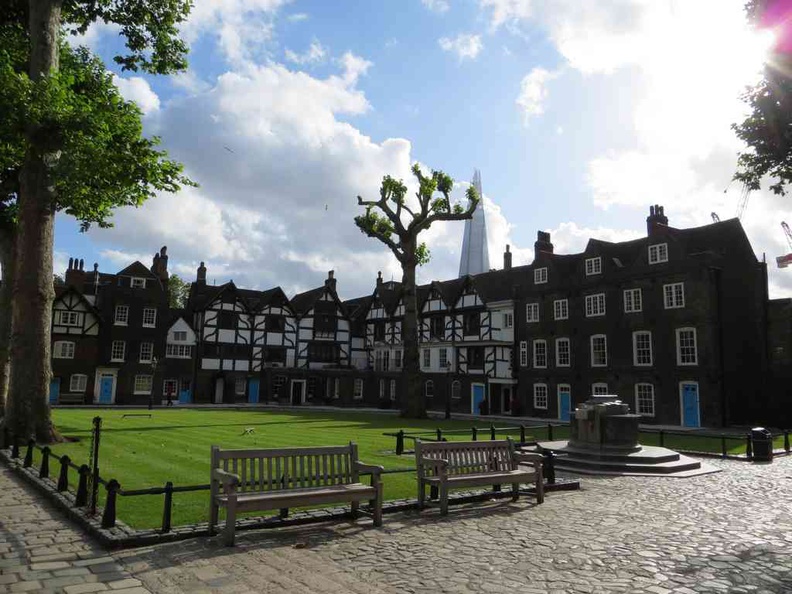
Moreover, the interior of the Tower of London is simply a self-sufficient little town with houses, forts stables surrounded by fortress walls. This is complimented by lush manicured lawns I which served as training and multipurpose grounds within. Also sitting at the center of the compound is a tall tower made of stones.
You might be wondering where is the “Tower” in the Tower of London is. This is considering it is today flanked by tall London skyscrapers. The highlight here within the Tower of London compound is The White Tower. Built in 1078 as a royalty residence, its stands at 27 meters tall white exterior gives the entire castle its name and was built by William the Conqueror on 1078.
A place of royalty and a prison
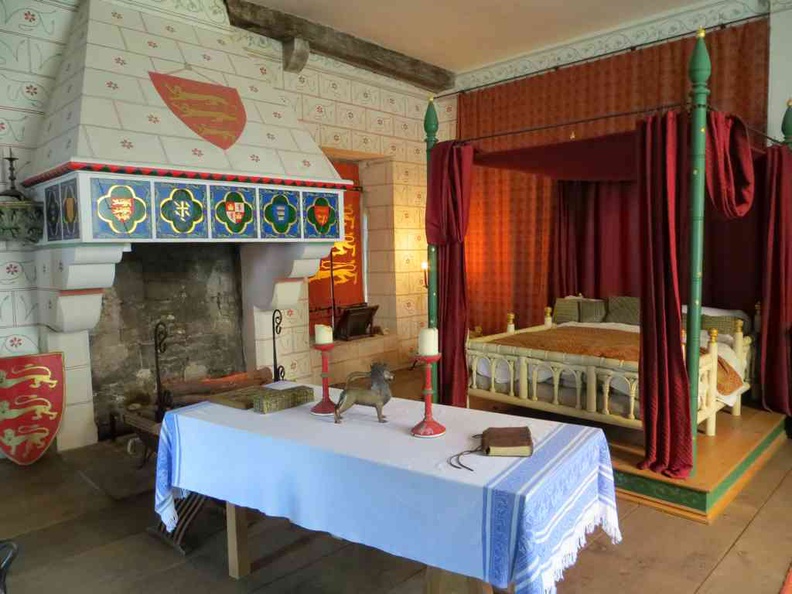
Also, this open green courtyard is also a place of gathering. Near this is a peculiar looking gate half submerged in the river Thames. The story is that convicts arrive into the tower via these water locked gates using boats, and climb through this flight off steps. The courtyard is used for mass events like executions for instance.
Additionally, going on that grim note, besides its royal primary duties as a residence, notoriously, the castle was also used as a prison under Bishop Ranulf Flambard from 1100 AD, until the year 1952 (Kray twins).
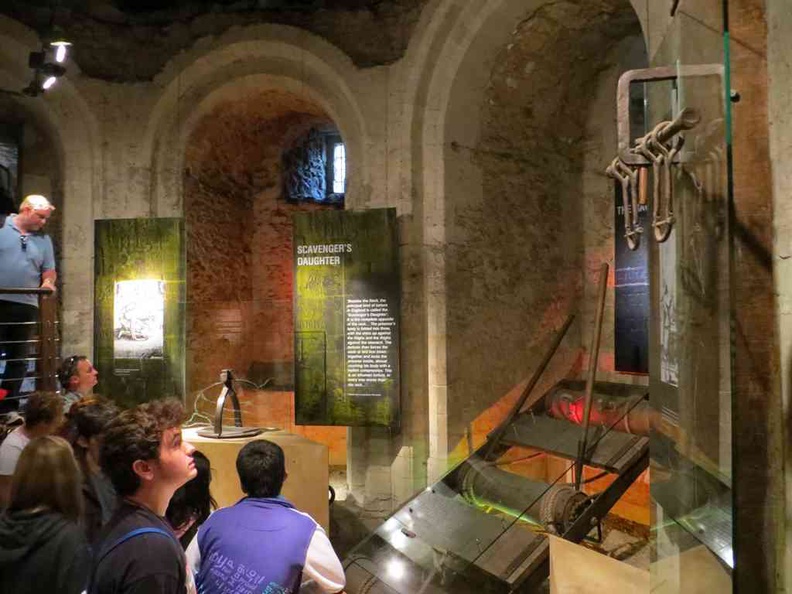
Moreover, the Tower of London is also a place where capital punishment is netted out. Often, pundits or often see who are subjected to the number of torture tools found within the tower grounds too. Interesting finds includes a Rack as well as a Scavenger’s daughter lock.
Learn of the early life at Fusilier Museum
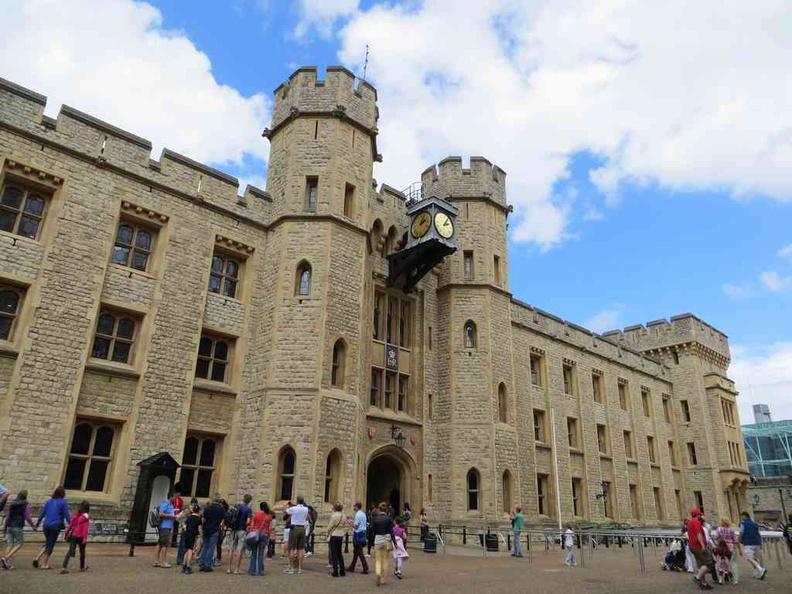
Within the compound is home to the Fusilier Museum. Entry costs about 30 pounds to enter and included as a package with your main ticket entry. The museum today serve to allow you to take a peek into the early life and equipment within the tower.
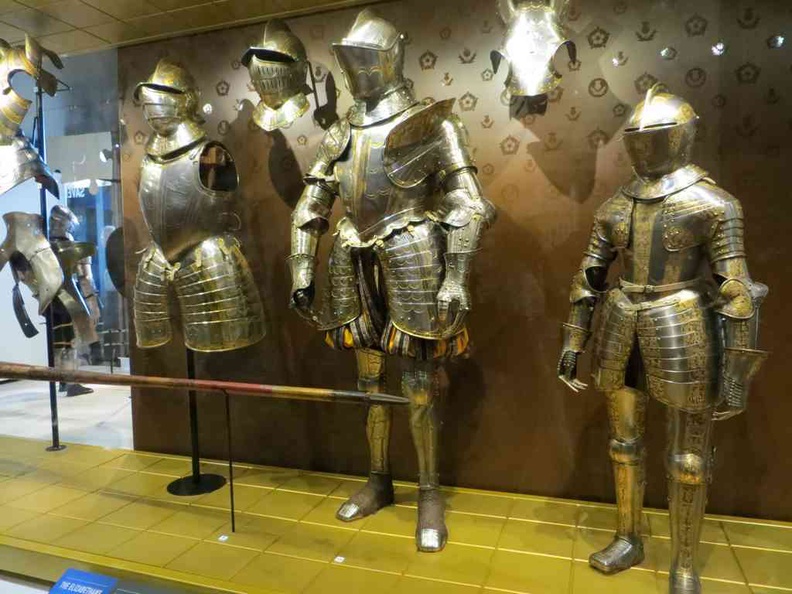
Being a fortification of arms, on display are cases containing era-preserved weapons comprising of swords, rifles and even canons, there are also knights and carvery horse armour.
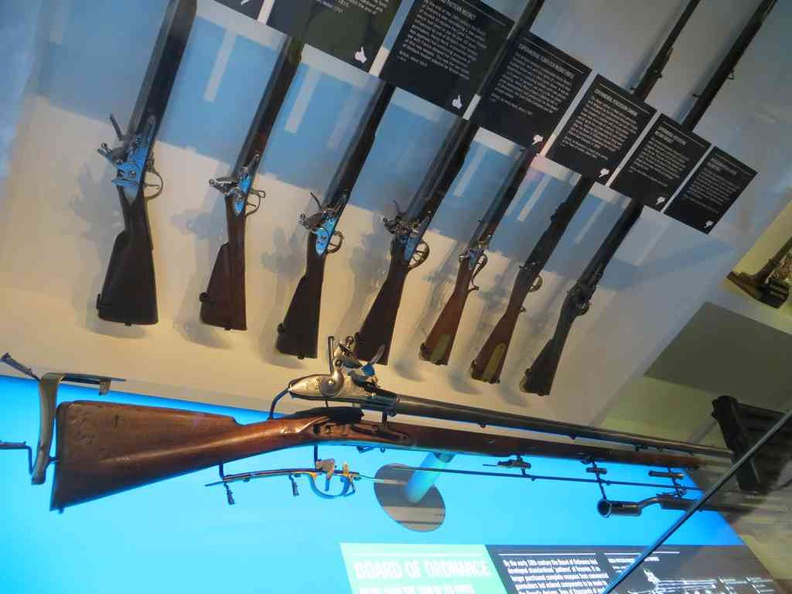
Also, through the establishment, you can find various tour guide “wardens”. These Yeoman Wardens runs tours at various points of interest here in the compound of Tower of London, they are distinguished by the distinctive black robes with red trimmings. Moreover, you can’t miss them with crowds swarming around them at all times when they are running a tour.
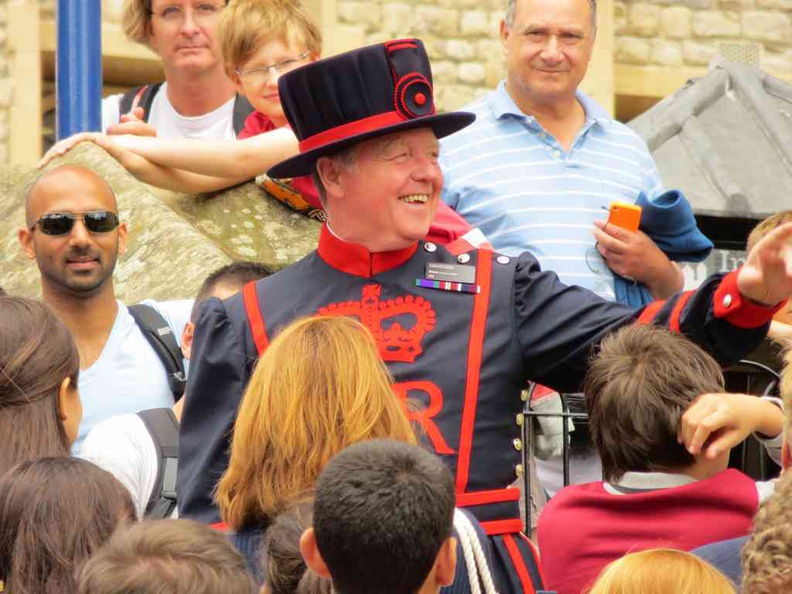
A museum Powerhouse

Furthermore, a Majestic 3m tall dragon representative of the Tower of london Powerhouse greets you at the entrance to the exhibition. It is made up of components from each of the major institutions of state.
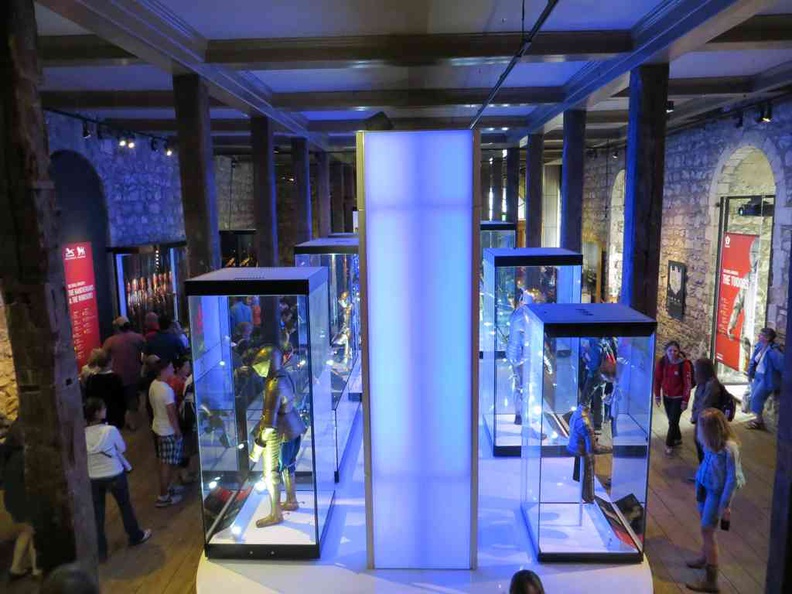
Also, this ranges from the Royal Armouries, the Ordnance Office, the Royal Mint, the Record Office, the Jewel House, and Royal Observatory, and the Menagerie.
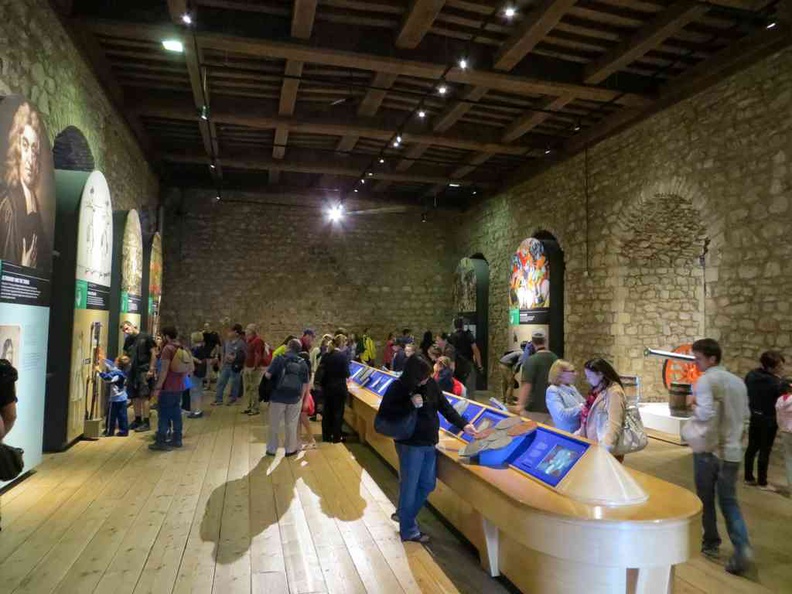
Furthermore, this power house is a historical journey. The exhibits allows you to uncover the royal business, stories and personalities behind these major organisations of state within the Tower’s walls from 1100 to the present day.
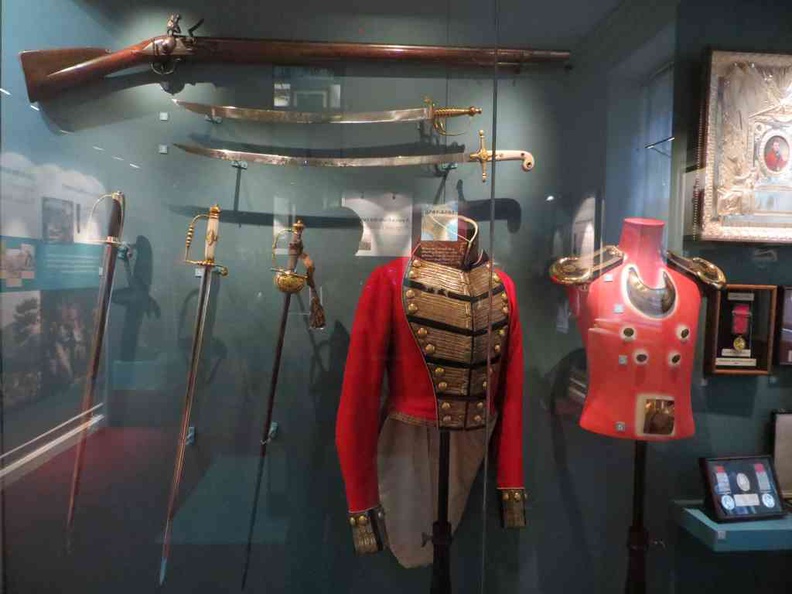
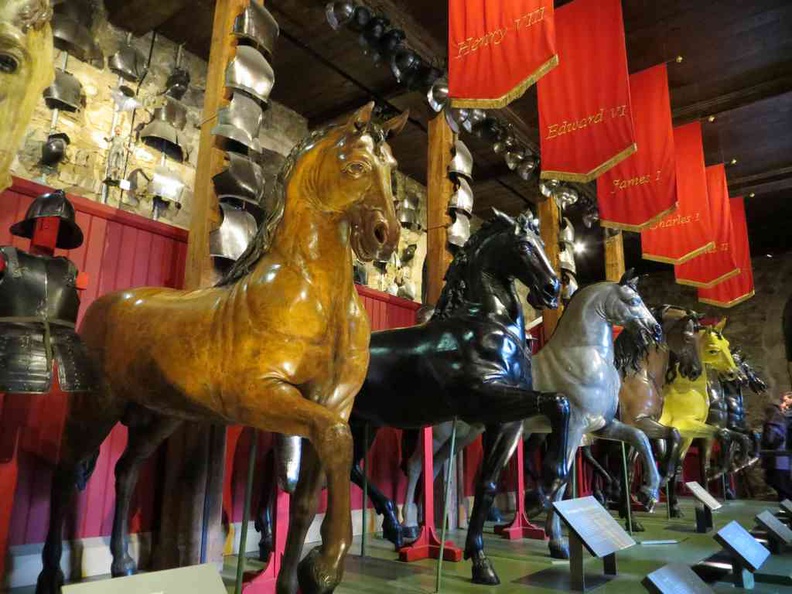
In addition, the Tower of London is also here you can find the vault of the crown jewels. Such as those used by queen Elizabeth during special events. It comprises of a world famous collection comprising of 23,578 gemstones.
Furthermore, notably, these are secured stowed within and displayed through thick glass. Also, as this spot is where the actual crown jewels are stored, there is some notable security here within the compound. They are guarded by London palace guards in their distinctive bright red uniform and furred black hats.
Legend of the resident guardians Ravens
Additionally, an interesting legendary resident here at the tower are the Ravens. You might see one or two oddly flying around the Tower grounds. The story has it that six resident ravens have to be kept within the fortress grounds.
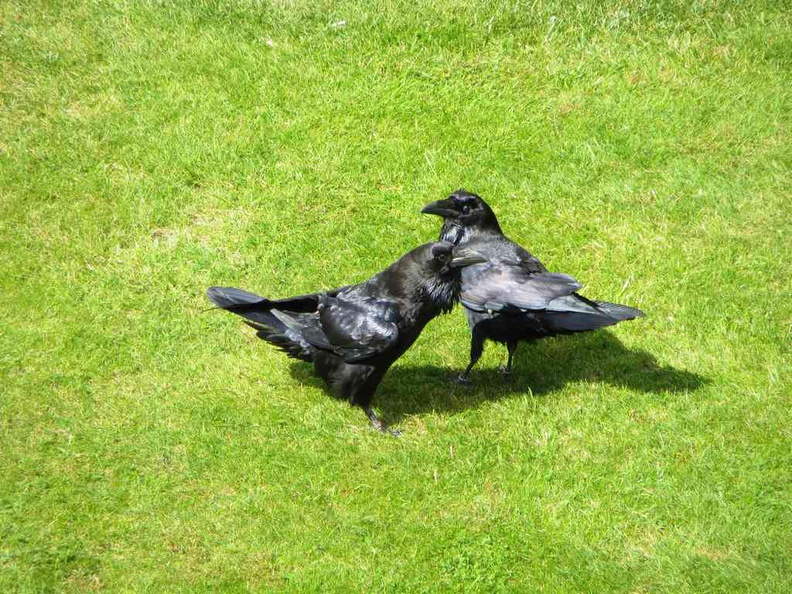
Furthermore, these were under instruction from Charles II during his rule. Otherwise, the superstition is that the Tower of London will fall. Hence keeping to tradition (which is actually really kind of cool) till today, the Tower of London keeps six, with one as a spare. Also, you can see the Raven cages attached to the tower walls opening for public viewing.
Forts, cannons and catapults!
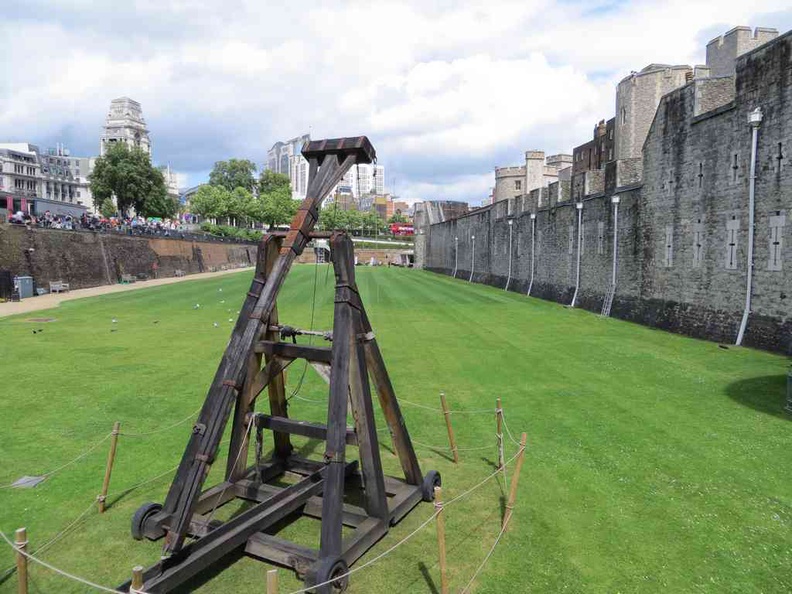
Moreover, when done exploring the various interior points of interests, you can choose to explore the various fortification walkways linking the various towers together. As a whole, the Tower is a complex of several buildings. They are set within two concentric rings of defensive walls and a moat.
Notably, within the Tower grounds, there were several phases of expansion. Also, the grounds saw major expansion under kings Richard I, Henry III, and Edward I rule in the 12th and 13th centuries. Also, if cannons and catapults are your fancy, there is quite an offering here within the tower grounds.
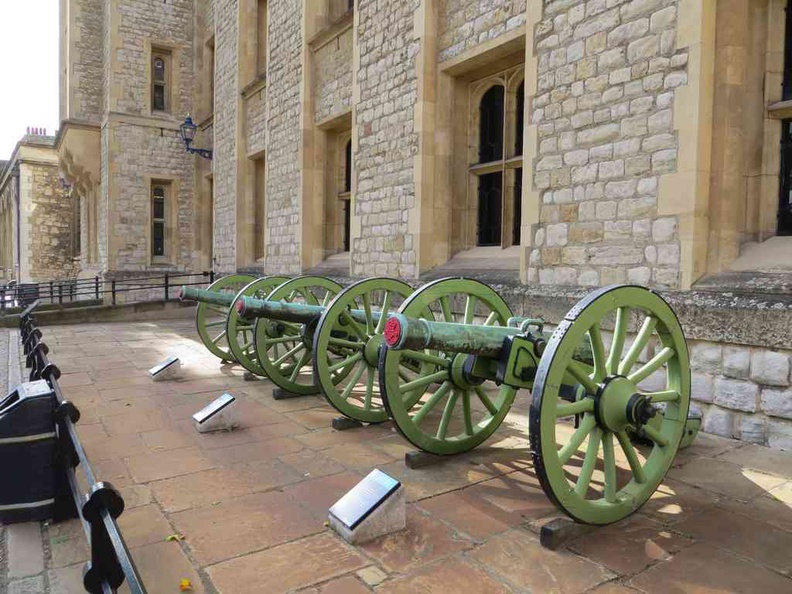
Also, for example, the Inner ward was built in the 1190s, and re-built: 1285. Henceforth, this general layout we see today was established end-13th century. This was topped up with a Wharf expansion which took place from years 1377-1399.
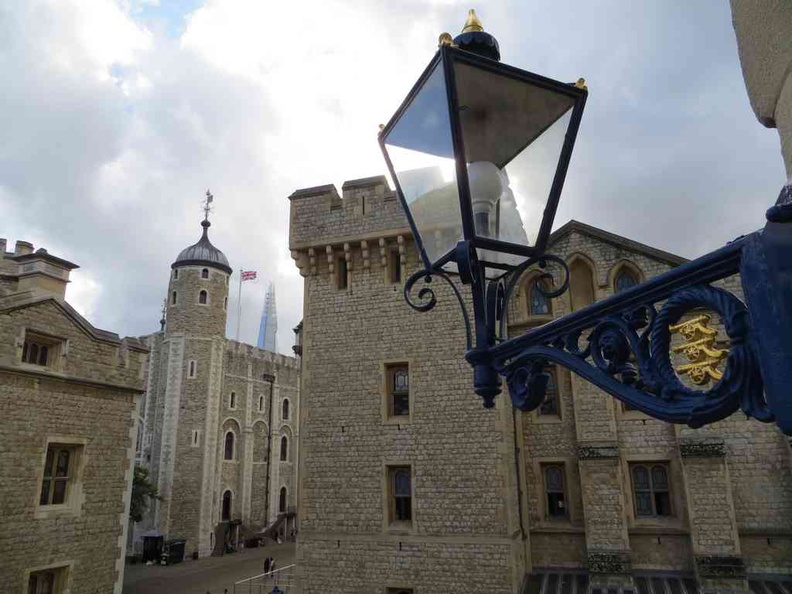
All in all, you are good in the Tower of London for about half a day. It offers a glimpse into the early royal residences, a Royals palace and infamous prison, as well as a resented symbol of oppression, inflicted upon the city of London by the new ruling elite. Definitely a good choice for a history day out. If you are keen to explore more on British royalties, do check out my following exploration of Buckingham Palace and Windsor Castle.

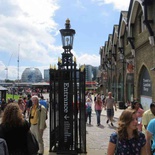
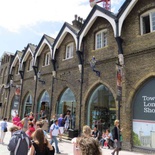

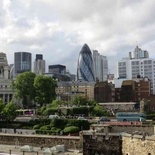
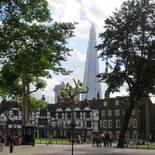
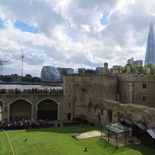
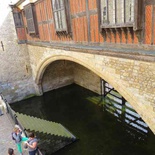
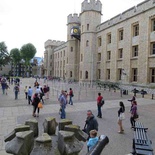
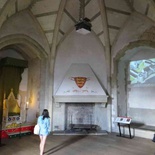
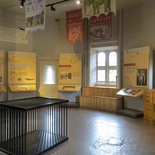
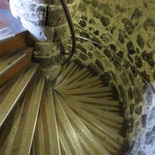
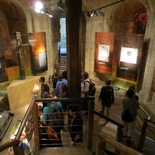

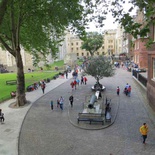
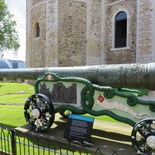
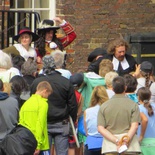
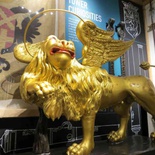
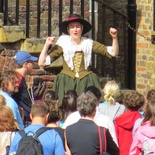
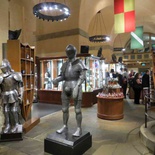
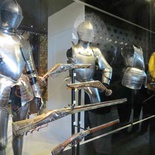
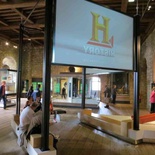
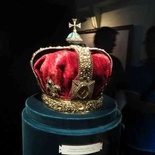
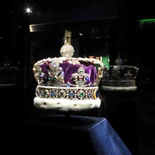
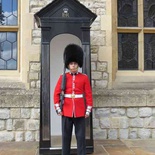
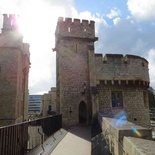
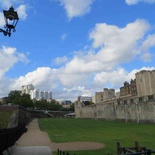
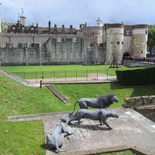
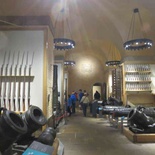
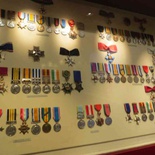
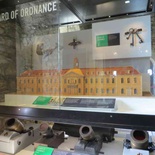
[…] for you to explore other areas of interests here, such as walk along the River Thames, where the Tower of London reside, or go for a ride on the London Eye. There is also the Jubilee Shop, the Houses of Parliament Gift […]